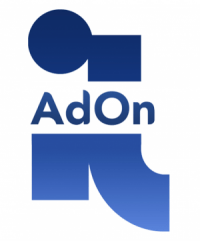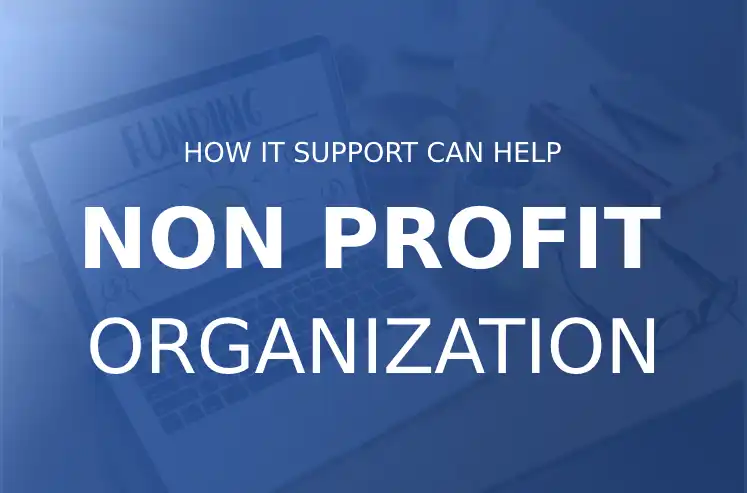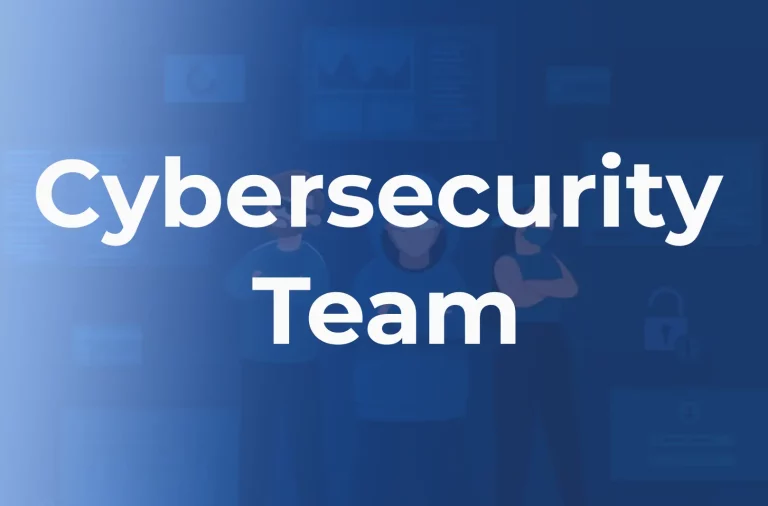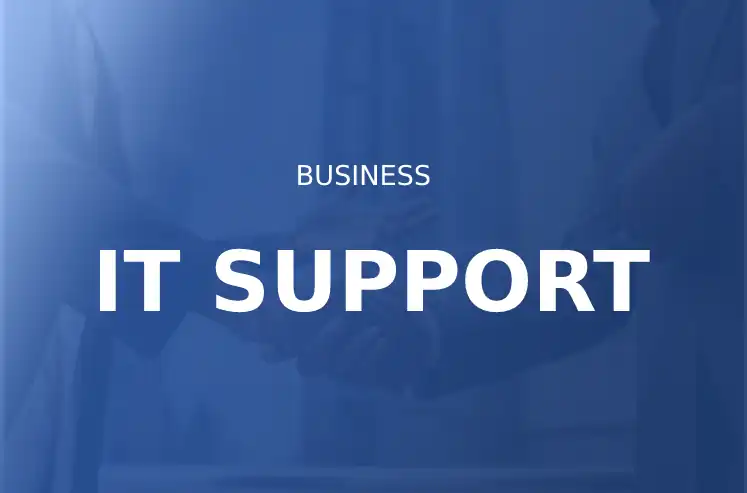When a corporate leader requests the chief information officer (CIO) to reduce costs, they jointly evaluate the company’s information technology (IT) spending and the cost-influencing variables. They examine the influence of these IT costs on the delivery of IT services as well as on the costs and profits of businesses. They accidentally fail to consider how these expenses influence other departments.
In today’s dynamic corporate world, technology is essential for fostering development and attaining success. However, many businesses may find it expensive to stay up with and advance technology. Companies with tight budgets have turned their attention heavily to optimizing IT expenditures. On the other hand, we work hard to remain cutting-edge and competitive.
The proactive culture of IT cost optimization should be established by CIOs. Their standing with the CEO and other organizational stakeholders will be strengthened as a result. CIOs must show they have a proactive strategy for constantly reducing expenses. This will enable them to provide the CEO and other stakeholders with proof of their approach.
CIOs should explain their cost-cutting strategy to non-IT decision-makers. They can do this by providing proof of their proactive approach to sustained cost reductions. This may be accomplished by altering the phases according to the priorities of the business and the stakeholders.
What is Cost Optimization?
Reducing wasteful expenditures, underused resources, or investments that don’t provide much value to the IT budget is the constant goal of cost optimization. The objective is to reduce IT expenses while investing the money saved in new technology that aids in business growth or increases profitability.
The goal of cost optimization is to deliver the greatest customer experience while keeping expenses in check. Amazon Web Services defines AWS cost optimization as the optimal use of all resources to get desired results while minimizing expenses. It also entails tweaking workloads regularly in order to save money and provide better results.
The AWS cost optimization pillar is concerned with designing and overseeing workloads that are cost-conscious. This entails creating and running systems that assist you in achieving your business objectives while reducing costs and optimizing the return on investment for your company. Cloud optimization, according to Microsoft Azure, reduces wasteful spending and boosts productivity.
IT Cost Optimization Principles
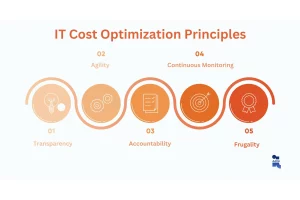
Transparency
Making educated investment decisions and maximizing company outcomes need clear visibility into IT operations and expenses. IT and the company must first come to an understanding of the importance of IT initiatives and what they each anticipate from IT. Basic cloud cost optimization technologies, however, sometimes lack the data needed to gauge resource utilization and comprehend the business impact.
Different viewpoints on IT expenditure are made possible by transparency, which improves prioritizing and fosters agreement on the potential for cloud efficiency. Without transparency, questions regarding the worth of earlier IT expenditures may surface, weakening the trust of corporate stakeholders. Transparency, on the other hand, has other advantages including better demand management, identifying business value, treating IT as a business, precise estimating skills, and proving the worth of IT. This makes it possible for the IT department to take on a more strategic role inside the company and participate in debates that weigh the costs and advantages of IT.
Agility
To continually optimize, businesses must be able to adjust to their objectives and external circumstances. Finding a balance between reduced prices and flexible sourcing is an important part of optimizing IT expenditures in addition to cost reduction. Companies may modify resources and expenses in response to internal and external changes because of this flexibility.
When a business effectively cuts costs, but the majority of those savings are tied to fixed, protracted contracts with suppliers and service providers, a problem frequently develops. They can only effectively reduce expenses if there is a decline in the demand for IT by terminating such contracts with significant financial penalties. Additionally, it restricts their capacity expansion options. In order to solve this, outsourcing IT on a flexible basis can give continuing cloud cost optimization tools a strong base.
Businesses should make adaptability a central tenet of optimization. This entails ranking cost-effective solutions in order of importance and reviewing activities. After deployment, demand cloud cost management becomes the main priority, ensuring that the company uses IT resources properly and providing optimum consumption alternatives.
Accountability
IT optimization needs a thorough analysis of both the supply and demand sides. Many firms just provide IT as needed by the business, which might result in a reactive strategy. Leaders must take responsibility for their business investments and actively work with the company to control the capacity, features, and services offered by IT in order to ensure ongoing cloud cost optimization tools.
Continuous Monitoring
IT cost-cutting and cost-optimization techniques vary primarily in that cost-cutting calls for a one-time effort while cost-optimization demands a continuous process. Strategic cost-cutting requires a business to commit to ongoing performance evaluation in order to avoid the recurrence of waste. For sustained cost optimization, effective cloud cost management is essential.
Regular data analysis, report collecting, and expenditure assessment are crucial for staying on target. This enables you to spot any strange spending habits and take action before they affect the entire business.
Implementing control methods is also necessary to uphold adherence to financial restrictions and minimize potential misuse. Leading cloud spend management systems like Google Cloud, Azure, and AWS have built-in features for IT cost optimization, such as monitoring, to make this process easier. The process of reducing IT expenses does not finish with the transition to cloud optimization; rather, it is only the beginning.
Frugality
Due to the addition of pointless functionality in apps, projects frequently grow overly big and time-consuming. Companies frequently challenge suggested selections and lean toward pricey, superior ones. According to the frugality principle, cost optimization requires seeking out a decent choice that can be attained for just 20% of the price. The C-level management must take the lead in order to achieve responsible and accountable cost optimization. Teams made up of experts from fields other than IT are frequently formed by successful businesses in this respect. These teams make sure that cloud cost management solutions take into account a variety of possibilities and constraints rather than focusing only on the one that is considered to be the best.
7 Techniques for Optimizing IT Costs for CIOs

1) Activate Shared Services
Some CIOs employ pooled IT services among many corporate divisions to cut costs through economies of scale. The majority of cost-saving measures range from 15% to 20% of service expenses over the course of 18 to 36 months. The biggest savings can occasionally total more than 25%.
2) Utilize a Cloud-First Strategy
A cloud-first strategy offers a variety of options, from software services to infrastructure. It delivers increased adaptability, scalability, agility, and cost savings. To guarantee cost reductions, it is crucial to have solid cloud spend management control. Costs for infrastructure and applications might rise if effective governance isn’t implemented.
3) Sync up Business Data Centers
The costs of operating a typical data center rise as firms expand. Some IT departments adopt data center switching architecture to solve this. Savings of 10% to 20% of the data center budget can be made by modernizing and combining data centers.
4) Business Application Standardization and Simplification
An important portion of an IT budget goes toward portfolio management. Effective cost management and cost savings are possible for CIOs that standardize and streamline their application portfolios. Savings from 15% to 25% of the application budget are possible.
5) Increasing Transparency in Financial IT Practices
Learn about the delivery of IT services and the charges that go along with it for IT operations. Transparency in IT finances is what this is called. Connect general ledger entries to the expenses of technical and business services by working with CFOs and the finance department. You can provide value to the business and save expenses by using IT services when you have clear visibility over corporate IT expenditure.
6) Manage IT Spending for Best Business Cost Efficiency
There are opportunities to cut IT cost because the majority of company expenses (96%) take place outside of IT. You may assess processes, resources, and capacity in collaboration with coworkers from multiple departments to identify opportunities for IT to increase productivity and efficiency.
7) Evaluation of IT Asset Management Practices
Sometimes CIOs fail to manage IT assets, which raises operational expenses. Cost reductions of 10% to 20% can be gained by giving corporate governance control over IT asset management (ITAM), as opposed to merely tracking individual assets.
Conclusion
The entire organization is impacted by IT cost optimization, which links the financial and technological divisions. For a performance to be effective, preparation is essential. The objective is to increase corporate efficiency as well as cost savings. Higher levels must provide support.
achieving top IT and division executives examining how the initiatives relate to the organization and addressing them personally is essential to achieving genuine success. The discipline put in place today will have a big impact. While diligent cloud cost management may become more important during a downturn, optimizing invested money and making wiser expenditures are always beneficial.
ITAdOn offers a comprehensive IT cost optimization solution. If you are looking for effective strategies to optimize your IT expenses, ITAdOn can assist you. Explore the platform and schedule a demo today to learn more about how ITAdOn can help you achieve cost savings and improve efficiency in your IT operations.
